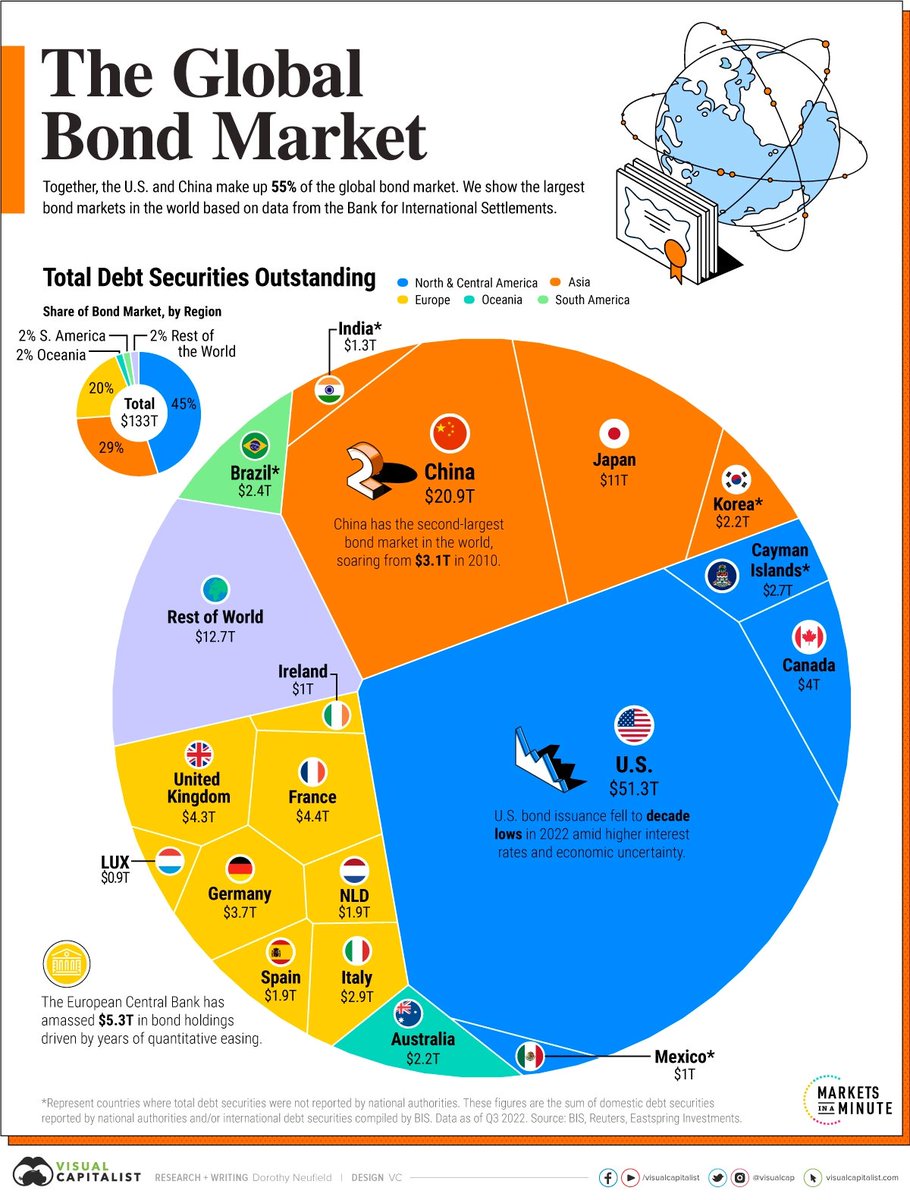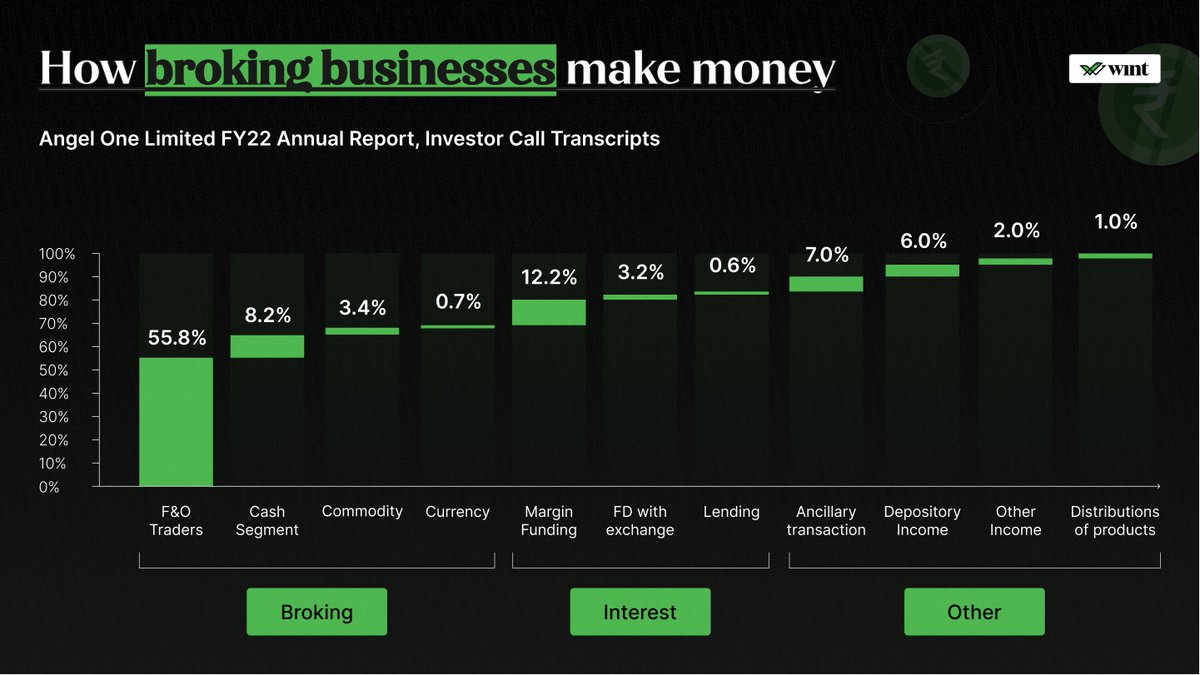New asset classes come out every few years. However, not all of them are for retail investors. One such asset class is invoice bill discounting.
Recent NCLAT judgements have made this already risky asset class even more vulnerable.
A thread on what happened 🧵
Recent NCLAT judgements have made this already risky asset class even more vulnerable.
A thread on what happened 🧵

First, what is invoice bill discounting?
Consider a small business XYZ Ltd. It provided services worth ₹100 to ITC Ltd. on credit. ITC agreed to pay after 3 months.
But, XYZ is a small business. It can’t wait for 3 months. It needs the money now to pay its employees, vendors.
Consider a small business XYZ Ltd. It provided services worth ₹100 to ITC Ltd. on credit. ITC agreed to pay after 3 months.
But, XYZ is a small business. It can’t wait for 3 months. It needs the money now to pay its employees, vendors.
So XYZ Ltd. will go to a financier, i.e, some investor and show them the invoice (a document showing the amount of money owed to XYZ by ITC).
The investor will pay ₹ 97 to XYZ today and collect ₹100 from ITC after 3 months.
The investor will pay ₹ 97 to XYZ today and collect ₹100 from ITC after 3 months.

Here the investor is taking a risk that it may not receive the amount after 3 months.
So investor does their own underwriting and then decides to discount the invoice. This is called invoice discounting.
So investor does their own underwriting and then decides to discount the invoice. This is called invoice discounting.
Benefit to each party:
XYZ Ltd. (the seller) - Liquidity
ITC Ltd. (the buyer) - Flexibility to pay after 3 months
Investor (the financier) - Returns
XYZ Ltd. (the seller) - Liquidity
ITC Ltd. (the buyer) - Flexibility to pay after 3 months
Investor (the financier) - Returns
Now you understand what invoice discounting is.
In recent years, it has also been pitched as an alternative investment class to investors.
But the 14-15% returns come with a tail risk i.e. where a low probability event can lead to significant losses.
In recent years, it has also been pitched as an alternative investment class to investors.
But the 14-15% returns come with a tail risk i.e. where a low probability event can lead to significant losses.
The biggest risk in fixed-income instruments is the credit risk.
Before making an investment decision, you need to consider two questions:
1) Will the company go bankrupt?
2) And what happens to your investment if the company goes bankrupt?
Before making an investment decision, you need to consider two questions:
1) Will the company go bankrupt?
2) And what happens to your investment if the company goes bankrupt?
Risk = Probability of default * Loss by default
In simple words: Risk is (Chances of default) x (how much you lose in case of default)
In simple words: Risk is (Chances of default) x (how much you lose in case of default)
In the earlier scenario, suppose ITC has issued secured bonds, unsecured bonds, and has some outstanding invoices to pay.
The chances of default are the same for all the instruments, since the chance of ITC going bankrupt should be the same for all three.
The chances of default are the same for all the instruments, since the chance of ITC going bankrupt should be the same for all three.
But in case ITC goes into bankruptcy, losses will vary.
The simple reason is that when assets are sold, the proceeds are distributed to creditors using a waterfall mechanism.
The simple reason is that when assets are sold, the proceeds are distributed to creditors using a waterfall mechanism.

Secured creditors get paid first from the sale of the collateral they hold.
Then the unsecured creditors receive their share from the remaining funds.
Operational debt falls in the “any remaining debts or dues” category and comes much later.
Then the unsecured creditors receive their share from the remaining funds.
Operational debt falls in the “any remaining debts or dues” category and comes much later.
In most cases, investors in invoice bills would lose their whole investment since a company that is facing bankruptcy would have substantial losses and insufficient funds.
The recovered amount would not be enough to pay all creditors.
The recovered amount would not be enough to pay all creditors.
Note - I have used ITC as an example since it is familiar to people. The invoices available to investors are actually much weaker than ITC.
Apart from the regular credit risk, there are three more risks involved in discounting:
Apart from the regular credit risk, there are three more risks involved in discounting:
1) Dispute risk - A seller provides goods to a company. The company accepts the goods and agrees to pay after 3 months. But if the goods turn out to be faulty, the company can dispute the invoice. And hence, investors’ money can get blocked.
2) Defaulting on invoice bills is not technically a default
There are two types of creditors:
Financial creditor - When you lend someone a loan, you become their financial creditor.
There are two types of creditors:
Financial creditor - When you lend someone a loan, you become their financial creditor.
Operational creditor - Someone purchased goods from you and agreed to pay after 3 months. Now, you become their operational creditor.
Note here, you have become a creditor over the course of operations and not due to lending which is why the name.
Note here, you have become a creditor over the course of operations and not due to lending which is why the name.
In our example, XYZ is the operational creditor of ITC.
The problem here is - if a company doesn’t pay their operational creditors, it is doesn't immediately reduce rating to D.
Many companies delay their payments or even refuse to pay operational creditors.
The problem here is - if a company doesn’t pay their operational creditors, it is doesn't immediately reduce rating to D.
Many companies delay their payments or even refuse to pay operational creditors.
This has actually happened with Tata Projects in 2019.
Link to the judgement - nclt.gov.in/gen_pdf.php?fi…
Link to the judgement - nclt.gov.in/gen_pdf.php?fi…
Even if a company defaults and bankruptcy proceedings start, operational creditors can’t sit on the committee of creditors which passes the resolutions.
This basically means they don’t get a say in these proceedings.
This basically means they don’t get a say in these proceedings.
To add protections to this asset class, the industry was claiming that investors would have dual recourse to the corporate as well as the seller of the invoice.
There was a written contract where financiers (investors) would become financial creditors of the seller.
However, the tribunal pointed out that in invoice bill discounting, when investors purchase the invoice, they are not giving a loan for 3 months to the seller.
Rather, they are purchasing the invoices and rights as operational creditors from the seller.
As a result, they step into the shoes of the operational creditor and only have recourse as operational creditor.
Link to the judgement - indiankanoon.org/doc/166243633/
As a result, they step into the shoes of the operational creditor and only have recourse as operational creditor.
Link to the judgement - indiankanoon.org/doc/166243633/

This NCLAT judgement has made an already risky asset class riskier.
This will now make invoice discounting unsuitable for retail investors, and it will go back to being an institution-dominated space.
This will now make invoice discounting unsuitable for retail investors, and it will go back to being an institution-dominated space.
• • •
Missing some Tweet in this thread? You can try to
force a refresh

 Read on Twitter
Read on Twitter











